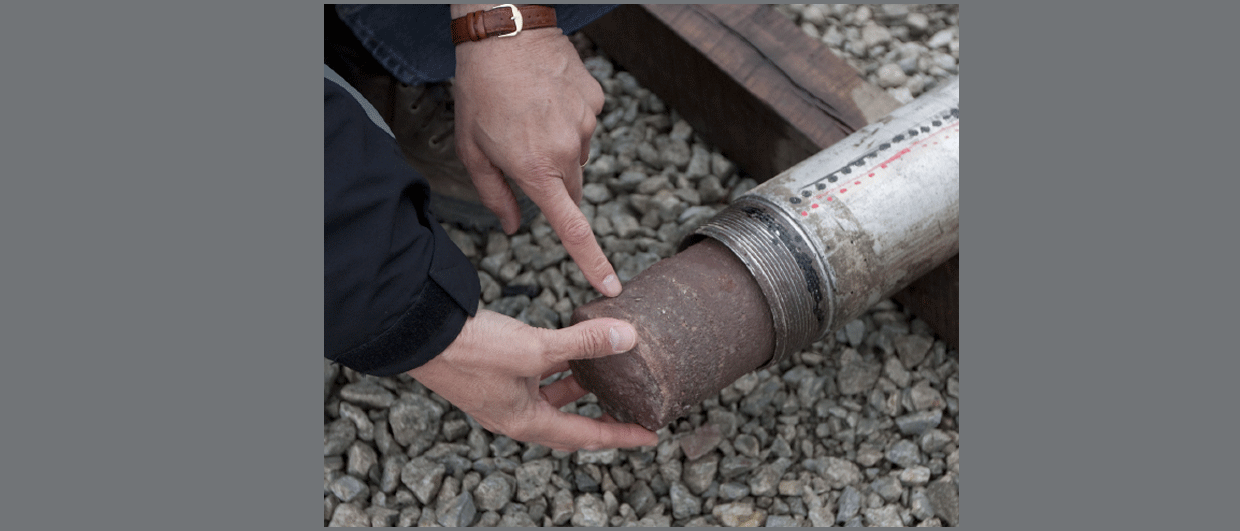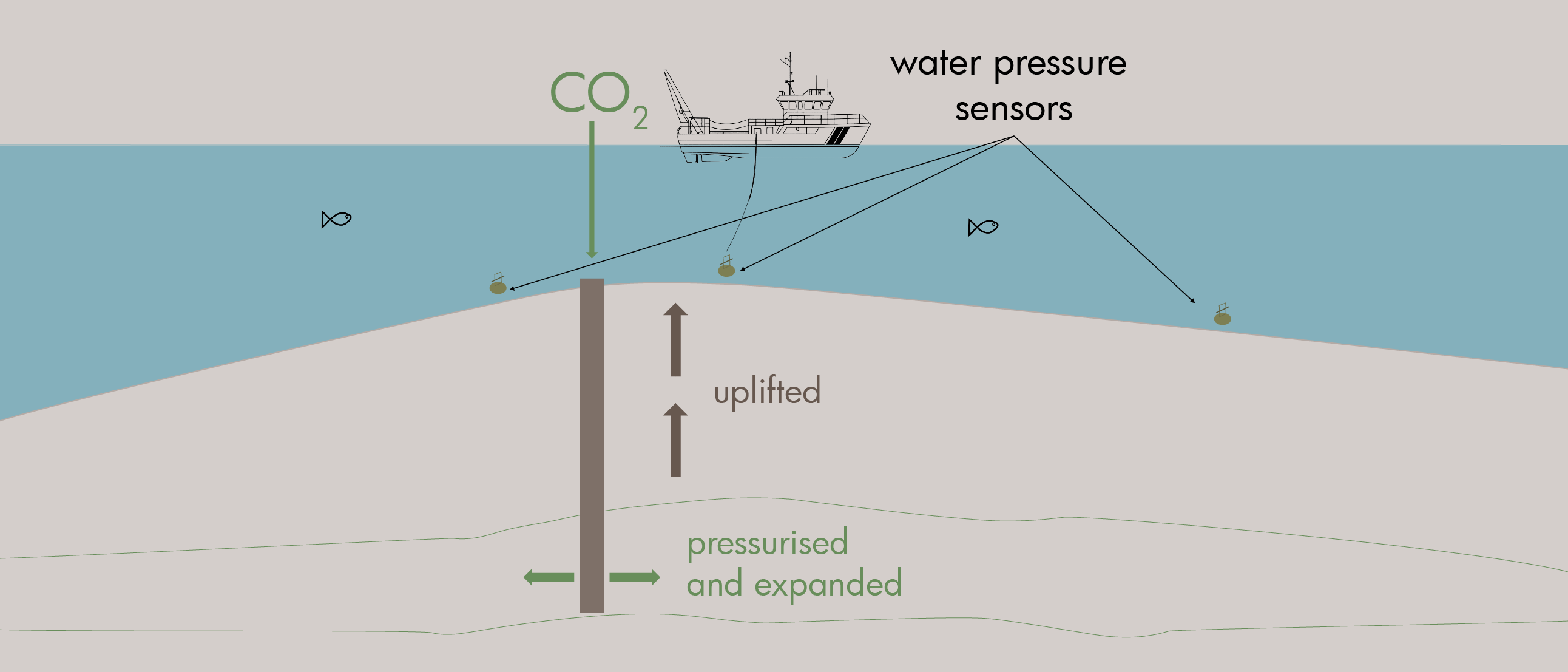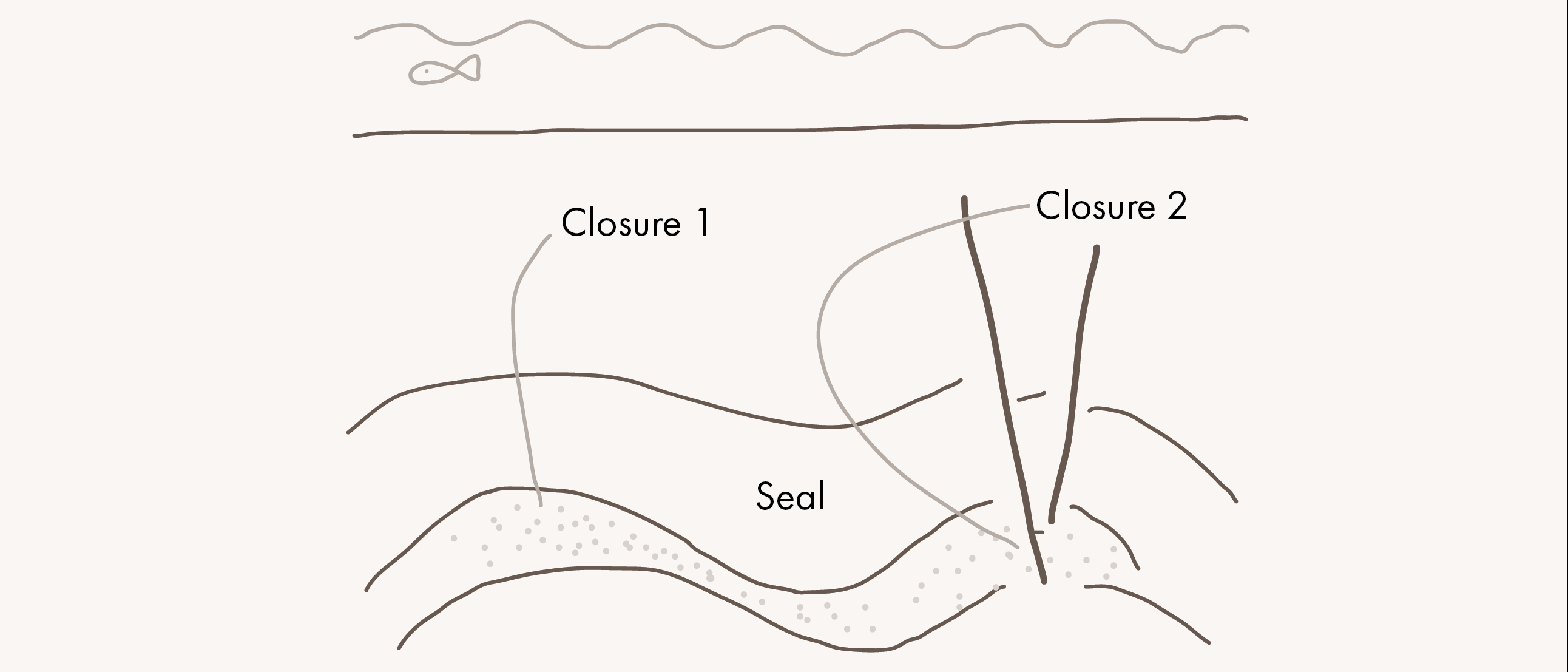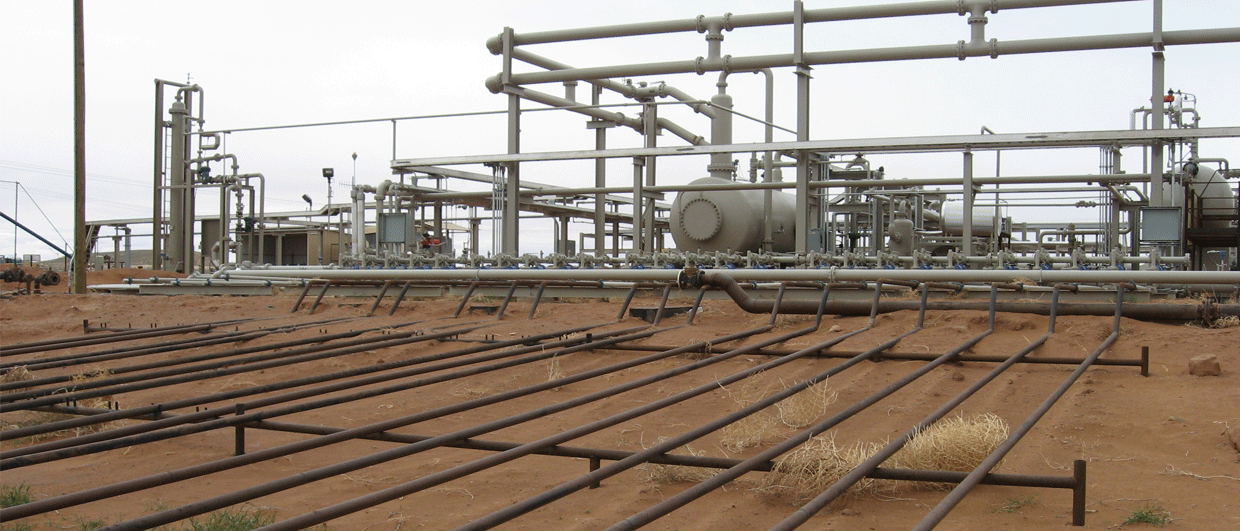The E&E News website, part of Politico, recently published the news that the US Environmental Protection Agency (EPA) issued a violation notice to the operator of the Decatur CCS project in Illinois, USA. A leak related to a monitoring well has caused around 8,000 tonnes of CO2 to migrate up in the overburden, but it is not thought to have threatened groundwater resources.
The leak was detected in March this year at one of the two monitoring wells at a depth of around 5,000 ft, but the corrosion had been known since about October 2023. The operator of the plant is Archer-Daniels-Midland.
It is important to note that this project is a saline aquifer injection scheme, with wells drilled to contain and inject/monitor CO2 . The injection permit for this project specifically states that “casing and cement or other materials used in the construction of the well must have sufficient structural strength for the life of the geologic sequestration project. All well materials must be compatible with all fluids with which the materials may be expected to come into contact.” It is, therefore, a concern that corrosion has taken place to the extent that CO2 has been able to leak.
4.5 MILLION TONNES
The Decatur CCS project has been running on and off since 2011, when the first 3-year CO2 injection phase started. The objectives at the time were to validate the capacity, injectivity, and containment of the Cambrian-aged Mount Simon reservoir while almost 1 million tonnes of CO2 were injected. The top of the reservoir is at approximately 1,670 m, and its thickness is 450 m. The sealing unit is the Eau Claire Shale, which attains a thickness of around 130 m. So far, a total of 4.5 million tonnes of CO2 have been injected, and the project is thought to run for a few more years.
The incident also sparked discussion on social media about monitoring these things more efficiently and promptly. Andres Chavarria from LUNA OptaSense, commented that more and more CCS facilities are starting to be instrumented with fibre optic sensors in order to monitor plumes, induced seismicity and wellbore integrity.
No stop
It is of concern that wells drilled with a carbon storage project in mind corrode to a point where leakage occurs. However, if we want geological CO2 storage to become a major element in mitigating anthropogenically induced climate change, let’s not use this project as an example to shut down projects but rather focus on improving both materials and monitoring techniques.





